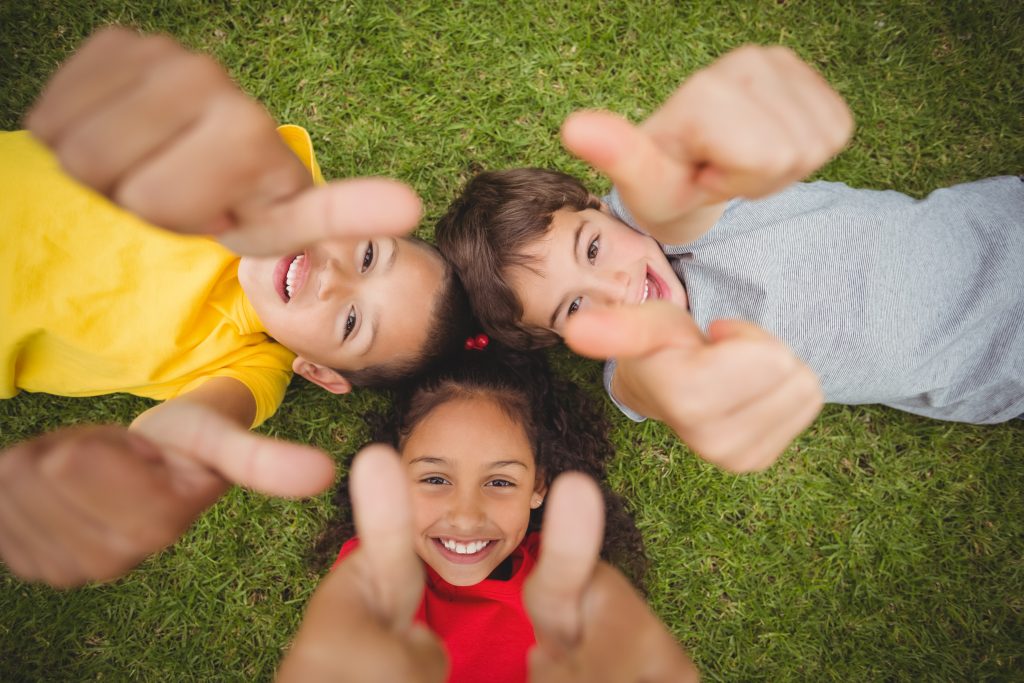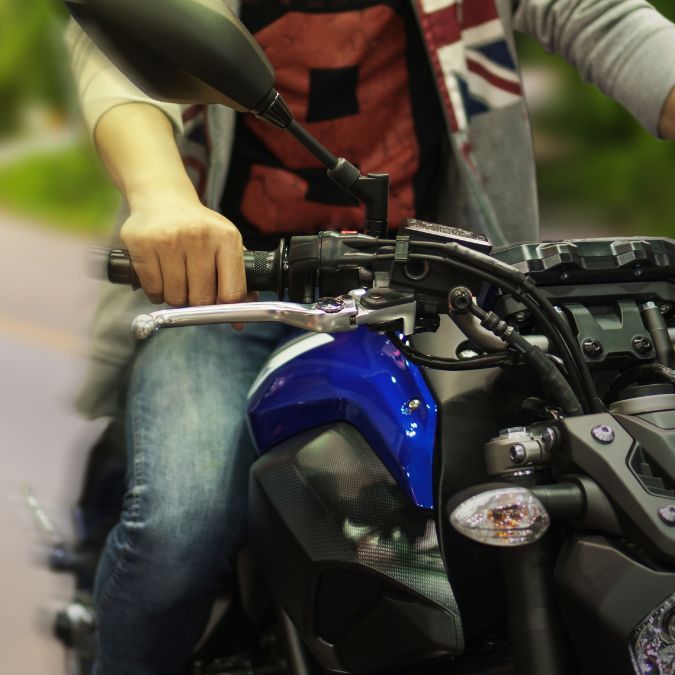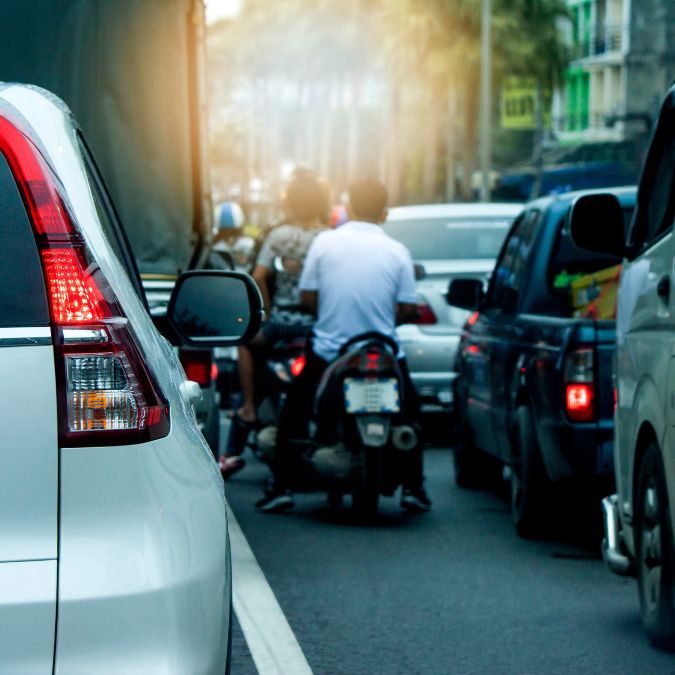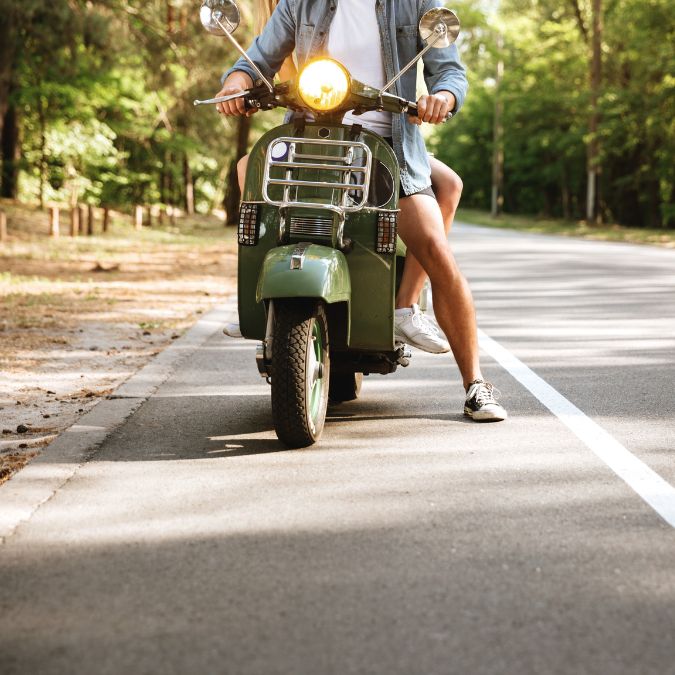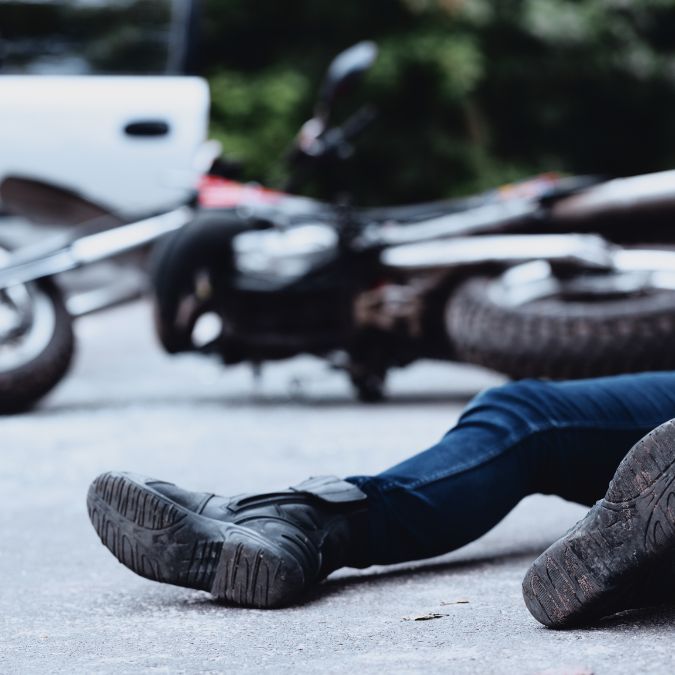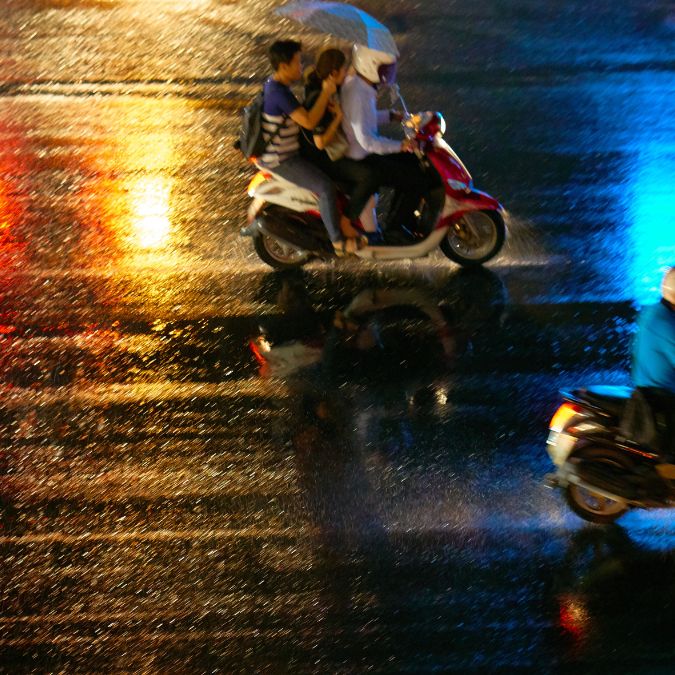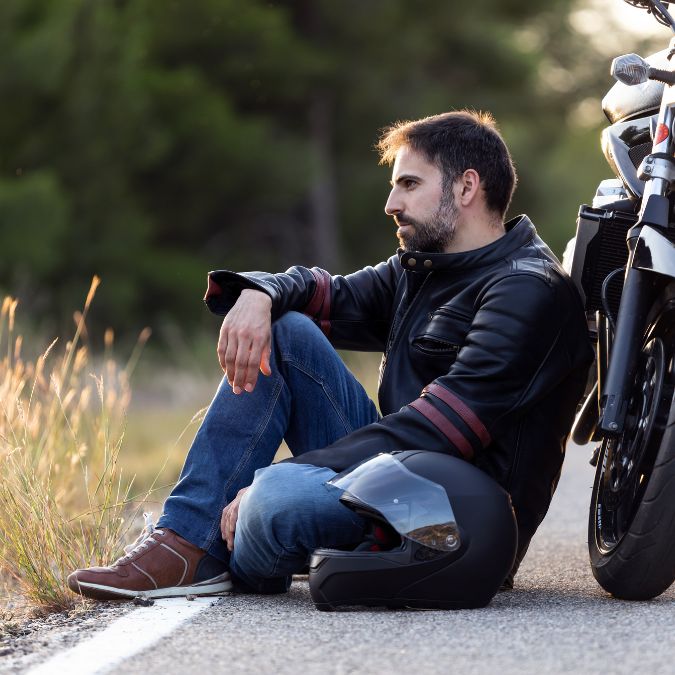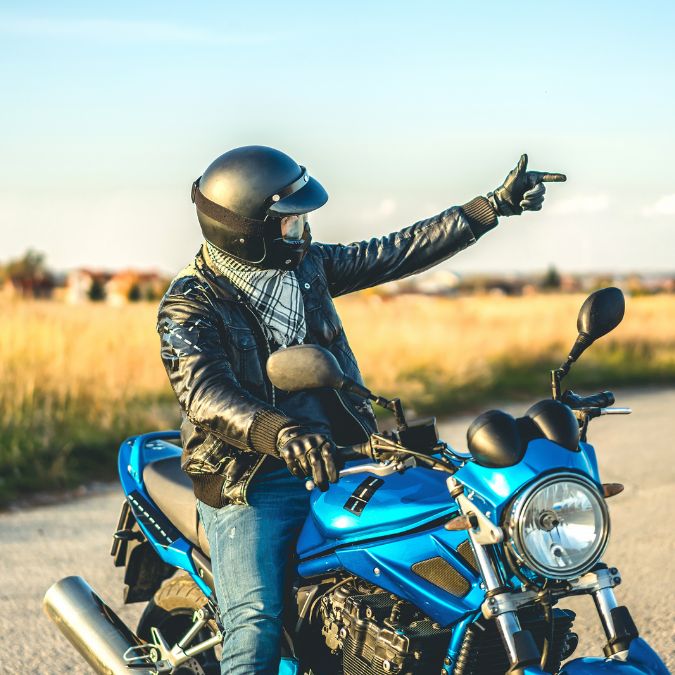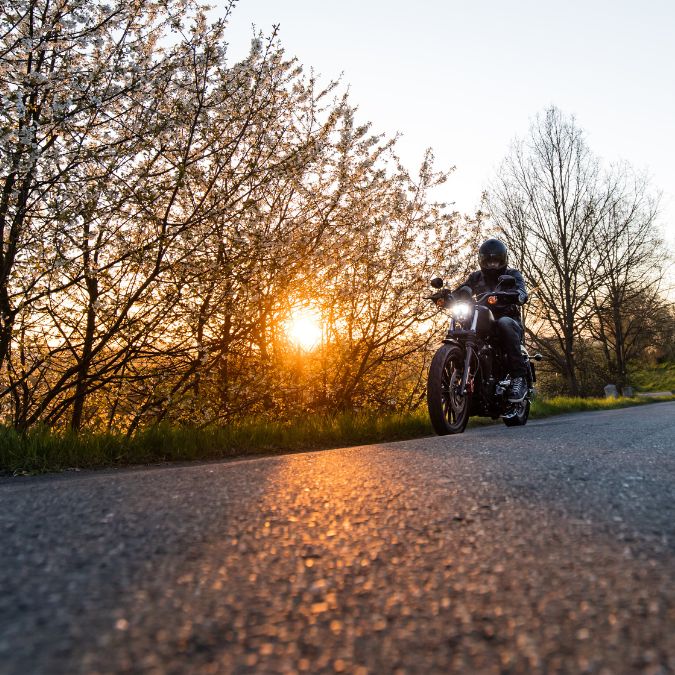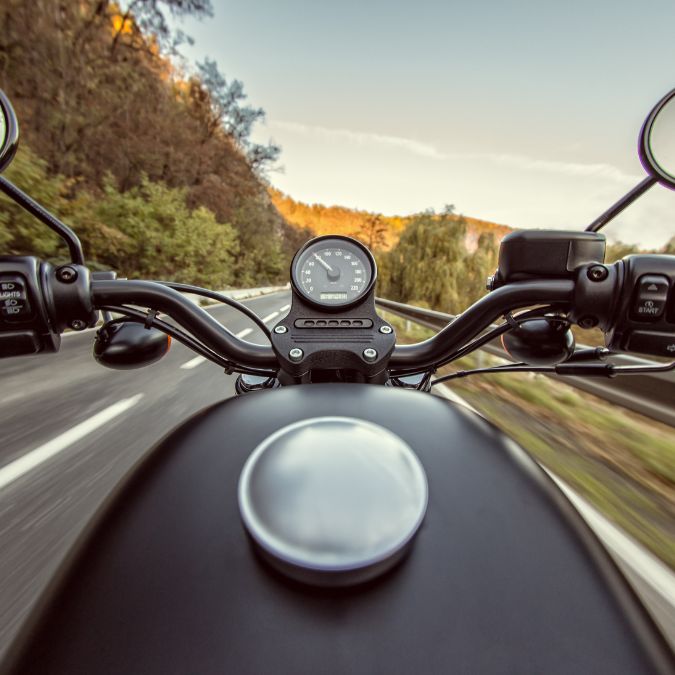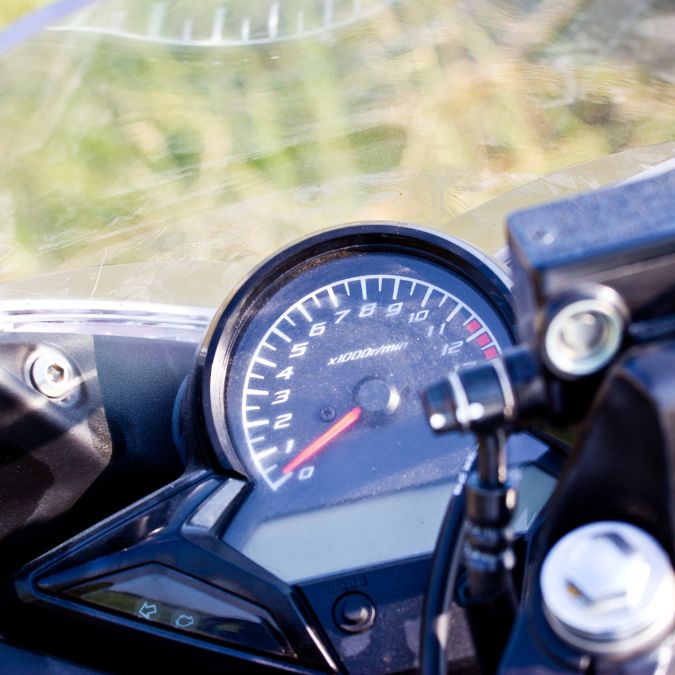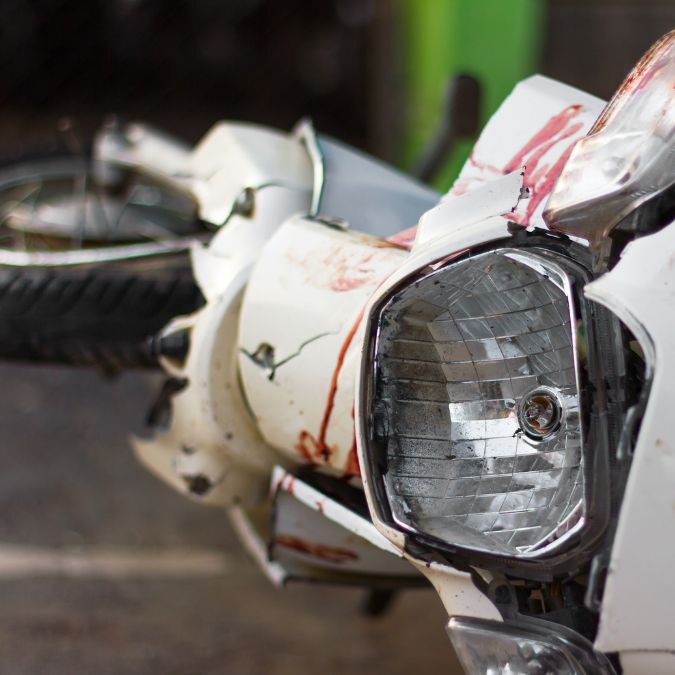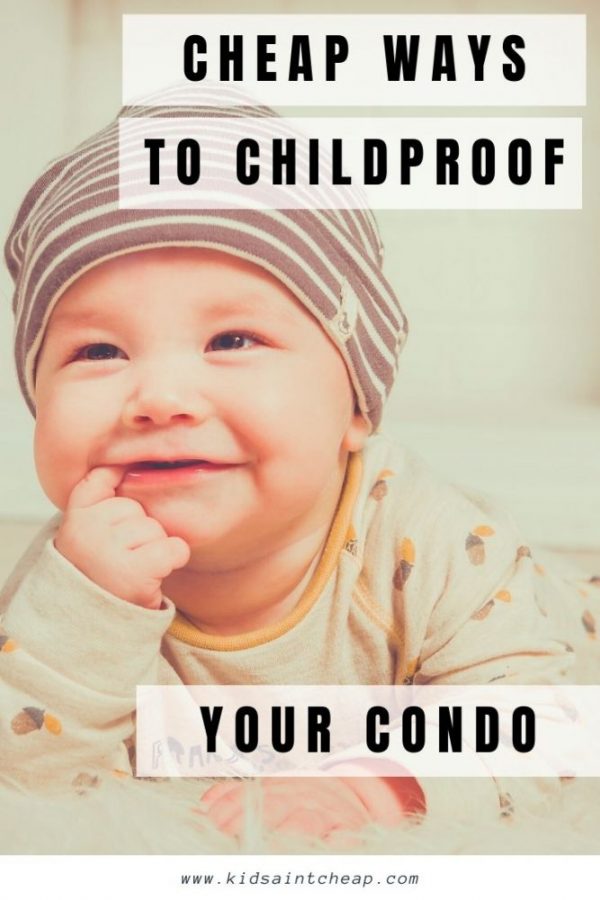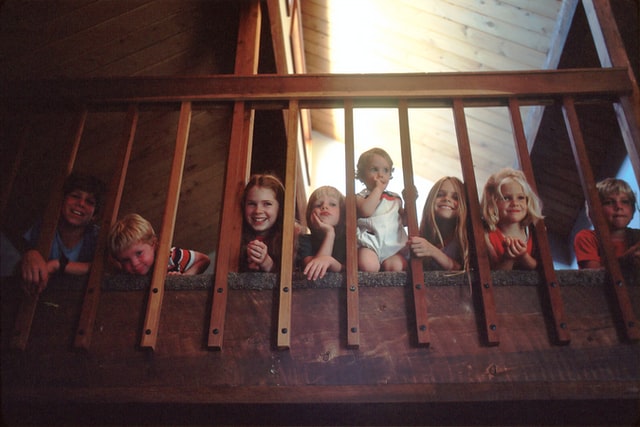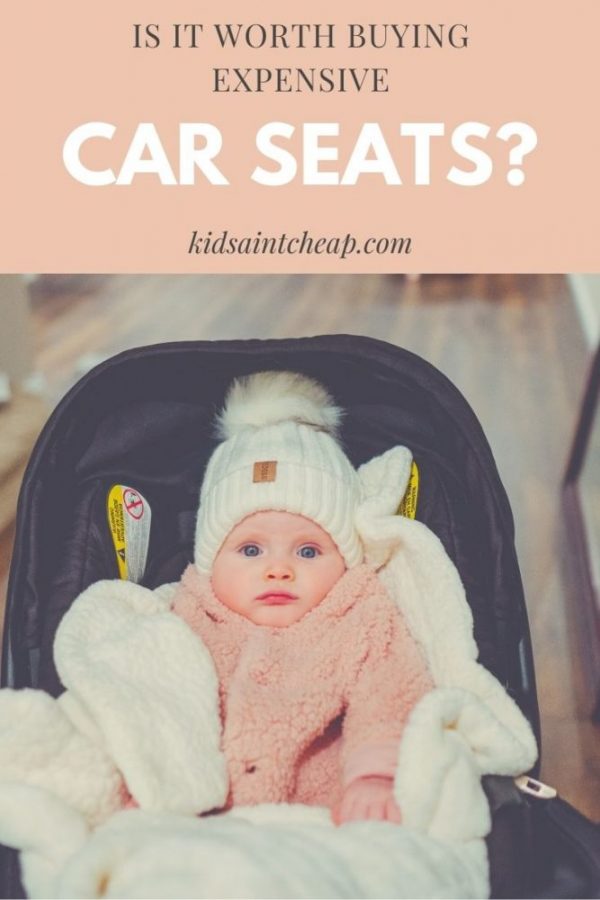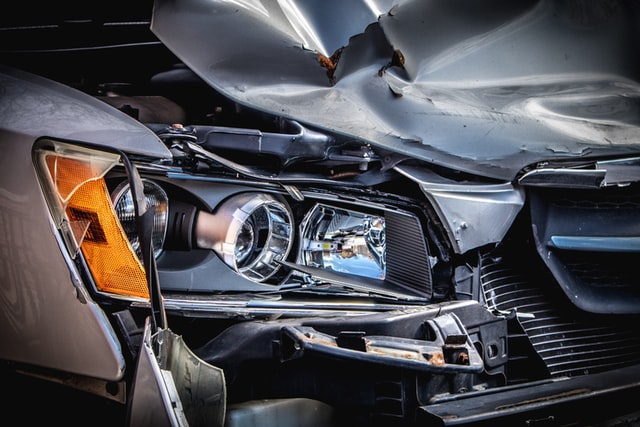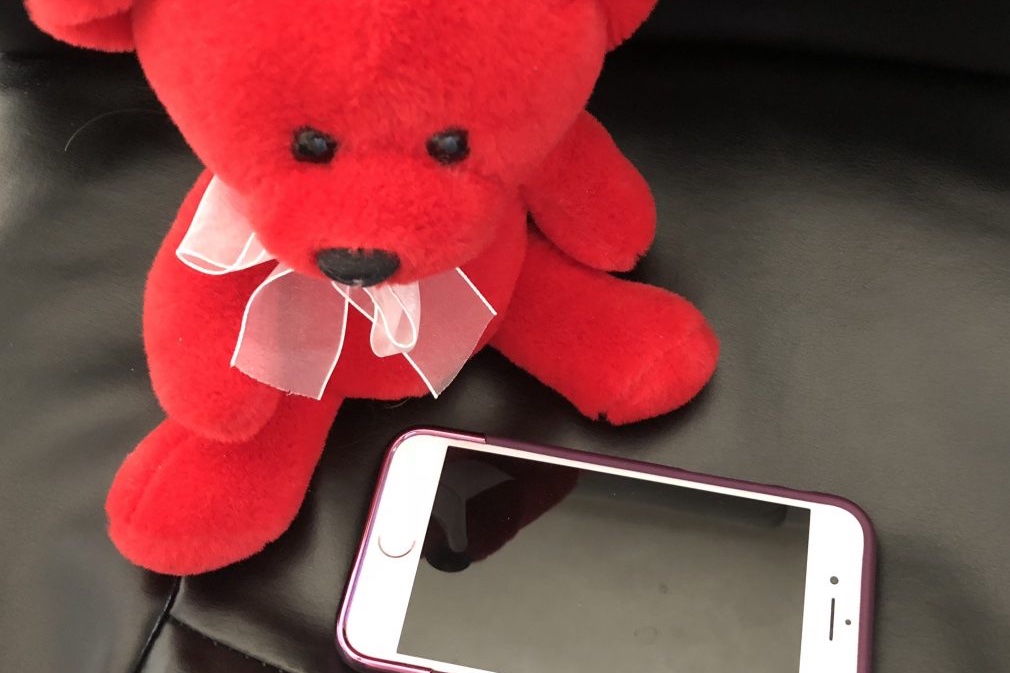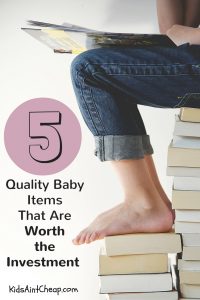
Playgrounds are meant to be fun and safe spaces for kids to explore and burn off energy. But not all equipment on the playground is as safe as it seems. Every year, thousands of children are treated for injuries related to swings, slides, monkey bars, and more. While supervision is key, knowing which equipment poses the highest risks can help you prevent accidents. Some older or poorly maintained equipment can become even more dangerous over time. Here’s a list of eight playground features that could put your child at risk.
1. Monkey Bars
Monkey bars may look fun, but they’re a top source of playground-related injuries. Kids often fall from high distances while swinging or skipping bars. These falls can lead to broken arms, concussions, or even spinal injuries. Children under five are especially vulnerable due to their limited upper body strength. Wet or rusted bars can increase the risk of slipping. Even strong climbers are at risk if other children bump into them mid-swing.
2. Swings
Swings may seem harmless, but they’re one of the most injury-prone pieces of equipment. Kids can be hit by a moving swing if they walk too close. Falls from high swings can result in sprains, fractures, or worse. Improper seat design or chains that pinch skin also present hazards. Double swings, where two children ride together, can increase the chance of collisions. Always check the surrounding area to ensure it’s clear before letting your child use a swing.
3. Metal Slides
Metal slides can become scorching hot in the summer sun, causing serious burns. Even when not hot, slides still pose risks due to high speed and poor landing zones. Younger children often slide down too fast or tumble forward at the bottom. Clothing can catch on the edges or joints of older slides, increasing the chance of injury. Slides that are too tall or steep are particularly dangerous for toddlers. Look for slides with smooth transitions, guardrails, and shaded placement.
4. See-Saws (Teeter Totters)
See-saws can be fun, but they require careful coordination between children. A sudden dismount by one child can send the other crashing to the ground. Pinched fingers and tailbone injuries are common if children don’t hold on properly. Poor design or uneven weight between kids can throw off balance. Older wooden see-saws may have splinters or loose bolts. Younger children may not have the strength or awareness to use them safely.
5. Merry-Go-Rounds
Merry-go-rounds are among the most dangerous equipment due to their spinning motion and potential for ejection. Kids can fall off while it’s spinning or be dragged underneath if they lose grip. Rapid spinning by older children can overwhelm younger kids. Loose clothing or shoelaces can also get caught in the moving parts. The speed and momentum can cause serious head and limb injuries. If there’s no proper handhold or braking mechanism, the risk increases significantly.
6. Climbing Nets and Rope Structures
Climbing nets might appear safe due to their flexible nature, but they come with hidden dangers. Kids can easily slip through wide gaps and become tangled in ropes. Falls from high rope towers can lead to fractures or head trauma. Over time, ropes may fray, snap, or become loose if not properly maintained. Children’s feet can also get caught, causing twisted ankles or worse. Supervision is essential, especially for younger kids on tall or complicated rope structures.
7. Spring Riders
Spring riders look cute and harmless, but can be deceptive. These ride-on toys often have strong recoil that can throw smaller kids off. Older models with exposed springs can pinch fingers or catch clothing. If the base becomes unstable, the rider can tip over completely. Children sometimes attempt to stand or jump on them, increasing the danger. Injuries from falls or improper use are common with this equipment.
8. Tire Swings
Tire swings can spin and swing in unpredictable ways, increasing the risk of collision. They often hang low, creating a tripping hazard when not in use. Kids can hit support poles or other children while swinging. Rainwater inside the tire can become a breeding ground for bacteria. The surface of the tire can also become slippery or brittle over time. Falls and impact injuries are frequent with tire swings, especially on hard surfaces.
Stay Informed, Stay Safe
Playgrounds are a vital part of childhood, but they aren’t risk-free. Knowing which equipment poses the greatest danger helps you make smarter decisions for your child. Regularly inspect playgrounds for worn-out structures, sharp edges, or unsafe surfaces. Encourage safe play, set age-appropriate boundaries, and always supervise. The safest playground is one where fun and caution go hand in hand. A little awareness today can prevent a serious injury tomorrow.
Read More
